 This story is about the tectonic plate on which we reside. Tectonic plates move, and so continents shift over time. They generally go pretty slow though.
This story is about the tectonic plate on which we reside. Tectonic plates move, and so continents shift over time. They generally go pretty slow though.
What about Australia? It appears that every year, we move 11 centimetres West and 7 centimetres North. For a tectonic plate, that’s very fast.
The last time scientists marked our location on the globe was in 1994, with the Geocentric Datum of Australia 1994 (GDA1994) – generally called GDA94 in geo-spatial tools (such as QGIS). So that datum came into force 22 years ago. Since then, we’ve moved an astonishing 1.5 metres! You may not think much of this, but right now it actually means that if you use a GPS in Australia to get coordinates, and plot it onto a map that doesn’t correct for this, you’re currently going to be off by 1.5 metres. Depending on what you’re measuring/marking, you’ll appreciate this can be very significant and cause problems.
Bear in mind that, within Australia, GDA94 is not wrong as such, as its coordinates are relative to points within Australia. However, the positioning of Australia in relation to the rest of the globe is now outdated. Positioning technologies have also improved. So there’s a new datum planned for Australia, GDA2020. By the time it comes into force, we’ll have shifted by 1.8 metres relative to GDA94.
We can have some fun with all this:
- If you stand and stretch both your arms out, the tips of your fingers are about 1.5 metres apart – of course this depends a bit on the length of your arms, but it’ll give you a rough idea. Now imagine a pipe or cable in the ground at a particular GPS position, move 1.5 metres. You could clean miss that pipe or cable… oops! Unless your GPS is configured to use a datum that gets updated, such as WGS84. However, if you had the pipe or cable plotted on a map that’s in GDA94, it becomes messy again.
- If you use a tool such as Google Earth, where is Australia actually? That is, will a point be plotted accurately, or be 1.5 metres out, or somewhere in between?
Well, that would depend on when the most recent broad scale photos were taken, and what corrections the Google Earth team possibly applies during processing of its data (for example, Google Earth uses a different datum – WGS 84 for its calculations).
Interesting question, isn’t it… - Now for a little science/maths challenge. The Northern most tip of Australia, Cape York, is just 150km South of Papua New Guinea (PNG). Presuming our plate maintains its present course and speed, roughly how many years until the visible bits (above sea level) of Australia and PNG collide? Post your answer with working/reasoning in a comment to this post! Think about this carefully and do your research. Good luck!

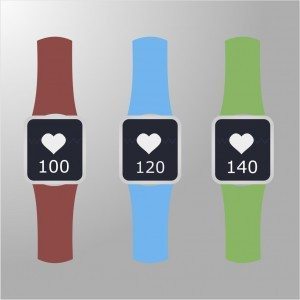 There are more and more wearable devices that collect a variety of health data, and other health records are kept electronically. More often than not, the people whose data it is don’t actually have access. There are very important issues to consider, and you could use this for a conversation with your students, and in assignments.
There are more and more wearable devices that collect a variety of health data, and other health records are kept electronically. More often than not, the people whose data it is don’t actually have access. There are very important issues to consider, and you could use this for a conversation with your students, and in assignments.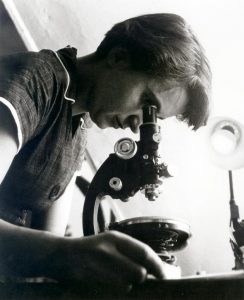
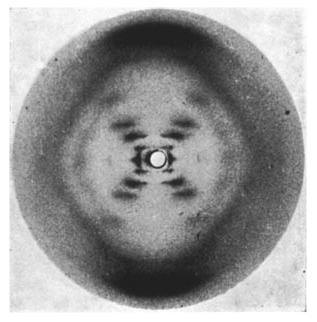

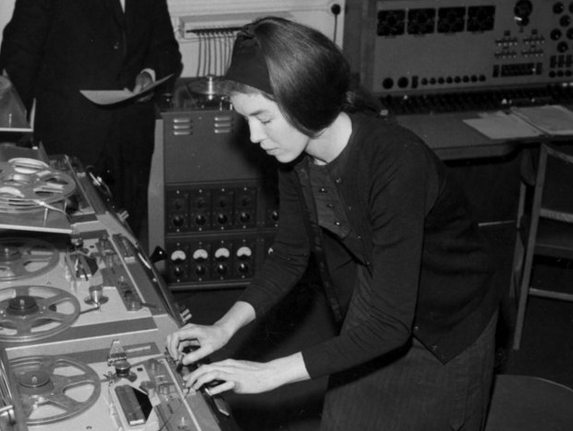
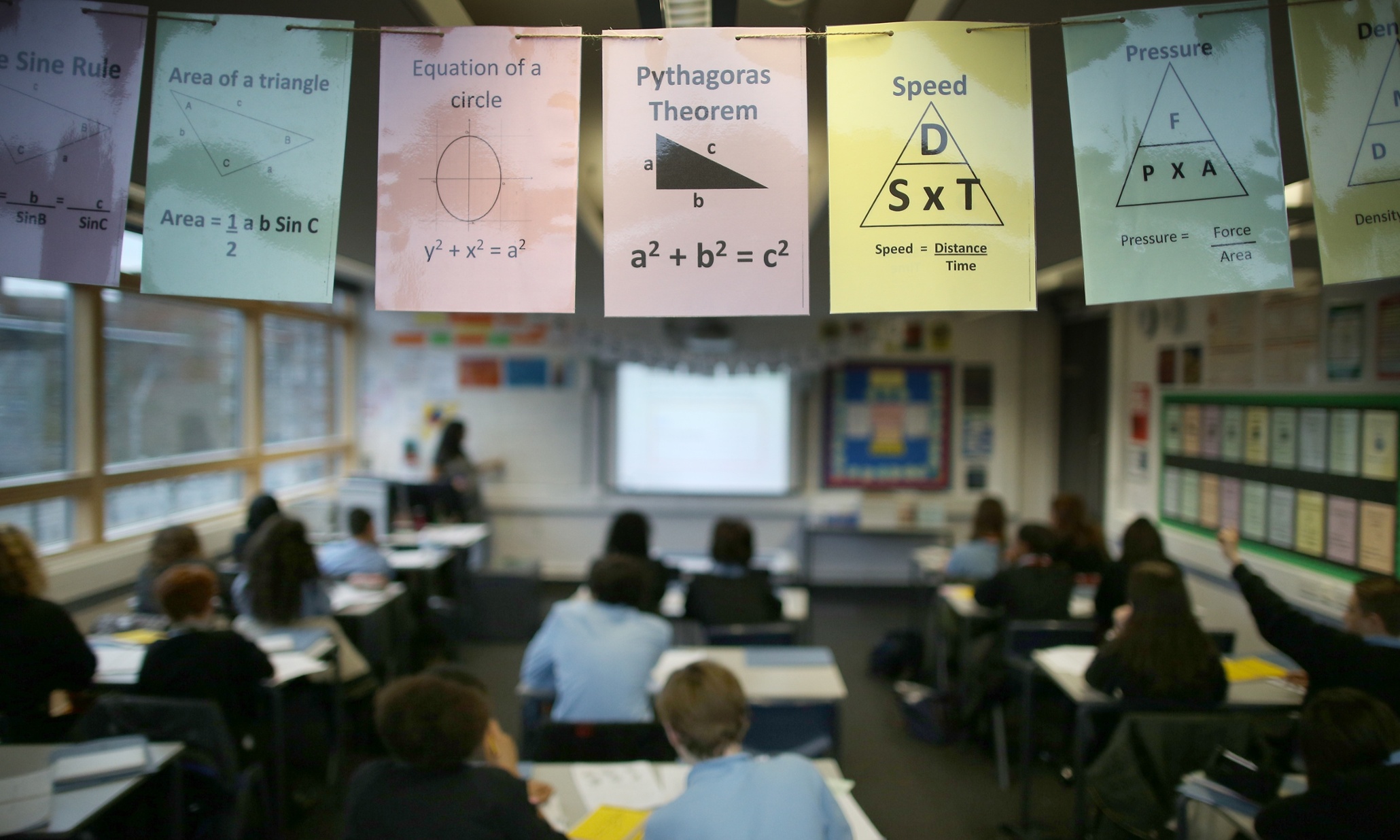
I played this game 3 or 4 times with my grade 4 son. He said he would enjoy it more…
Brad